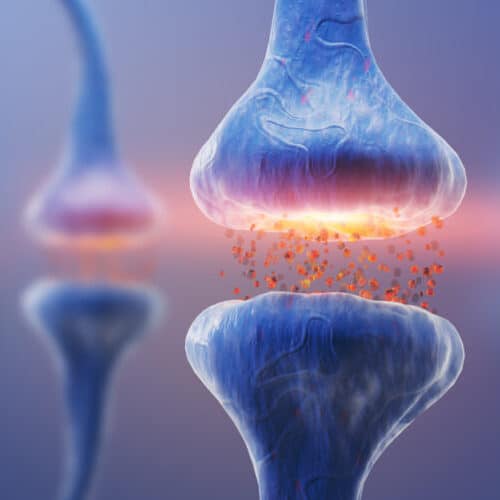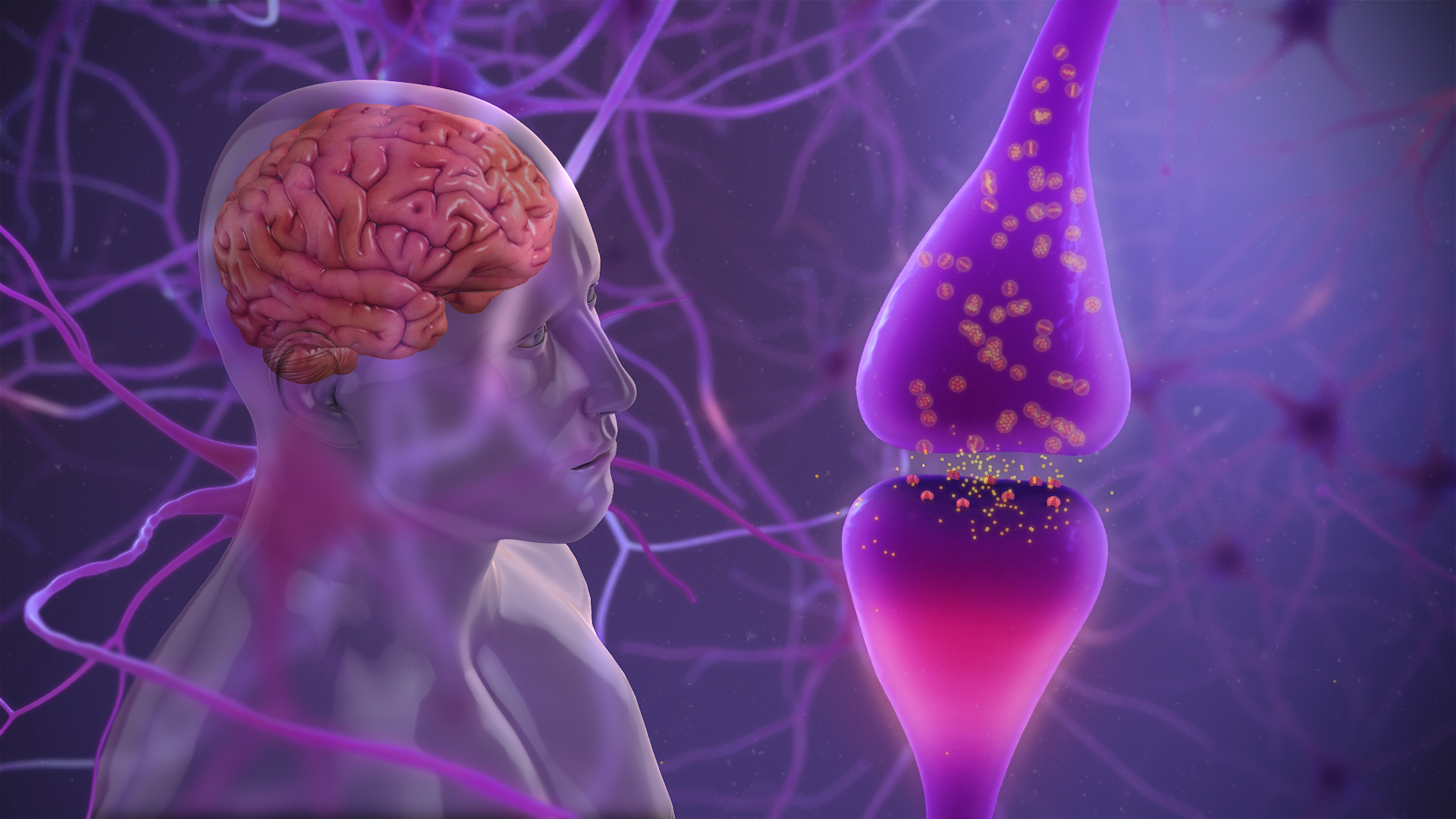Monosodium Glutamate, commonly known as MSG, has been a subject of controversy and misconceptions for decades. Often associated with Chinese cuisine and perceived as an unhealthy additive, MSG has sparked debates about its safety and impact on health. In this article, we aim to demystify MSG, exploring its origins, uses, and the scientific understanding of its safety.
What is MSG?
MSG is a sodium salt of glutamic acid, an amino acid that
occurs naturally in various foods like tomatoes, cheese, and mushrooms. It was
first identified in 1908 by Japanese scientist Kikunae Ikeda, who isolated it
from seaweed and discovered its unique savory taste, known as umami.
The Umami Sensation
Umami is considered the fifth basic taste alongside sweet,
salty, sour, and bitter. MSG enhances the umami flavor in foods, contributing a
savory and satisfying taste. This is why it is often used as a seasoning in
various cuisines.
Common Sources of MSG
While MSG occurs naturally in some foods, it is also used as
a food additive to enhance flavor. Common sources include:
- Processed
foods
- Soups
and broths
- Snack
foods
- Restaurant
dishes
- Canned
and frozen foods
Debunking Myths About MSG
1. Headaches and Allergic Reactions:
- Despite
popular beliefs, scientific studies have failed to establish a consistent
link between MSG consumption and headaches or allergic reactions. The
"Chinese Restaurant Syndrome" was a term coined in the 1960s to
describe symptoms like headaches and nausea, but subsequent research has
not conclusively supported these claims.
2. Safety Concerns:
- Numerous
studies and regulatory bodies, including the U.S. Food and Drug
Administration (FDA) and the World Health Organization (WHO), have
declared MSG safe for consumption. It is classified as "generally
recognized as safe" (GRAS).
3. Glutamate in Foods:
- Glutamate,
the key component in MSG, is naturally present in many foods. The body
also produces glutamate as part of normal metabolism. The glutamate from
MSG is no different from that found naturally in foods.
Umami: The Culinary Enigma
MSG's ability to enhance the umami taste has made it a
valuable tool in the culinary world. Chefs worldwide use it to elevate flavors
and create well-balanced dishes. The umami sensation adds depth and complexity
to a wide range of cuisines.
MSG and Dietary Considerations
While MSG is generally recognized as safe, individuals with
sensitivities or specific dietary restrictions may choose to limit their
intake. Some processed foods may contain high levels of sodium, so moderation
is key for those on low-sodium diets.
Conclusion: A Pinch of Truth in Every Taste
In conclusion, MSG is a culinary enigma that has endured
myths and misconceptions. Scientific evidence supports its safety, and its use
continues to be widespread in the food industry. Understanding the role of MSG
in enhancing flavors and the umami taste can empower individuals to make
informed choices about their dietary preferences. As with any ingredient,
moderation and balance are key, allowing individuals to savor the diverse and
delicious world of culinary delights that MSG contributes to.






